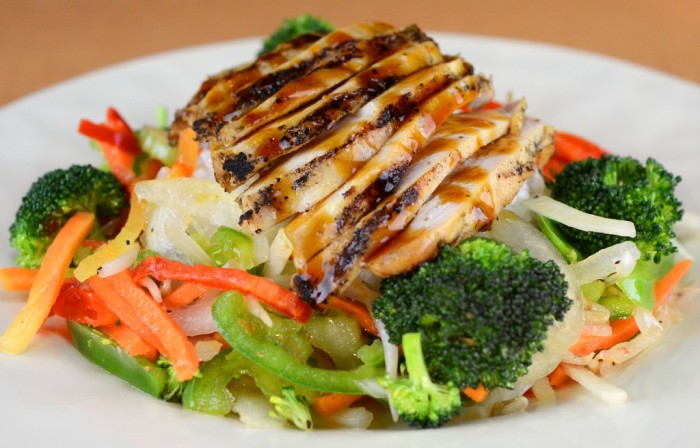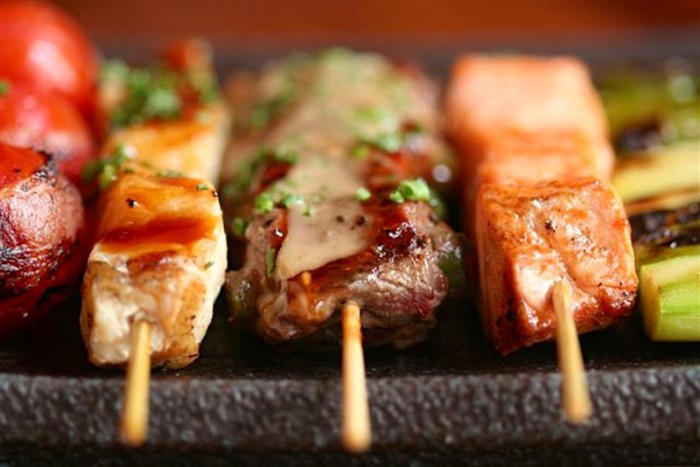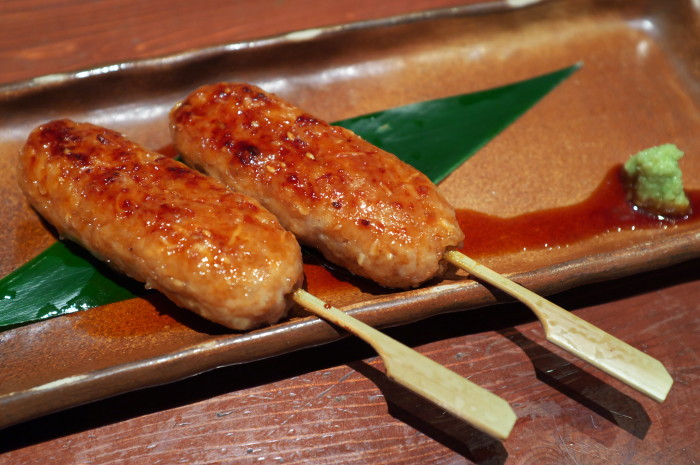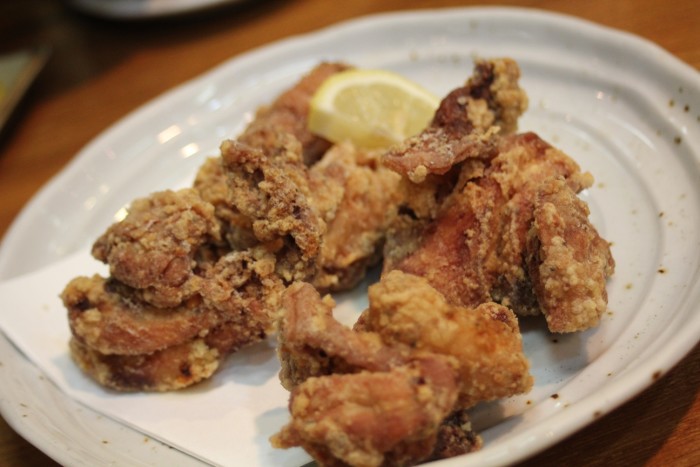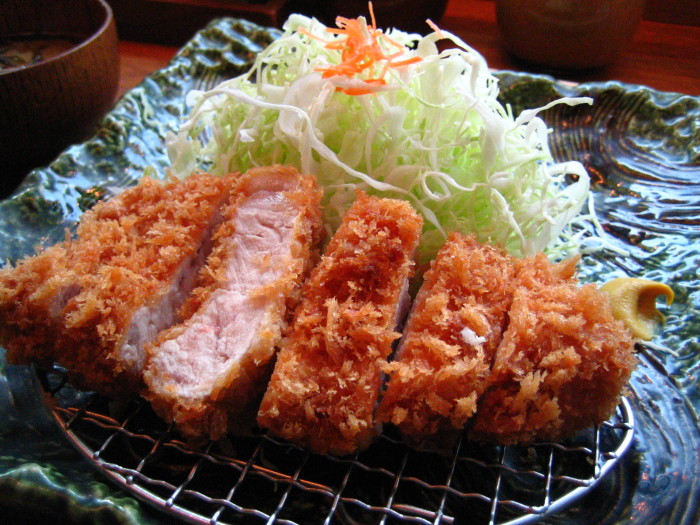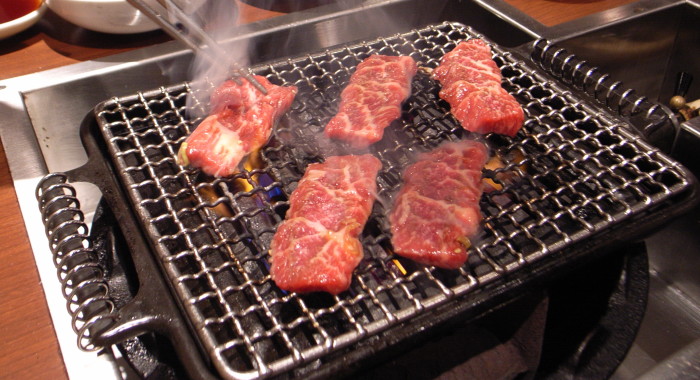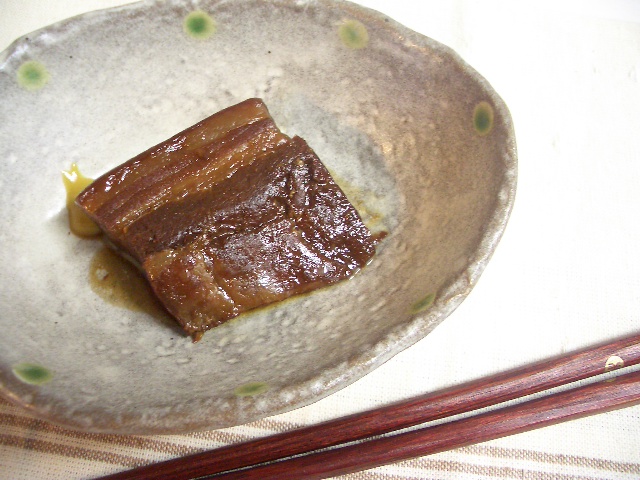A Basic Guide To Japanese Meats
Think of Japanese food and what comes to mind? Probably sushi and piping-hot bowls of ramen. And while both are essential parts of the country's cuisine, there are myriad types of quality meat and poultry dishes that have yet to establish a lasting place in the American food scene. You've heard of Kobe beef and are likely familiar with Japanese barbecue, but more and more traditional preparations of meat (and their Americanized versions) are making their way over from Japan to restaurants around the United States.
Chef Alex Q. Becker has spent more than two decades working in some of America's best-known Japanese restaurants, including a seven-year run at Nobu and a stint as corporate executive chef at Katsuya in Los Angeles, during which he opened multiple restaurants for the brand across the globe. His latest position is executive chef of Kuro, a sophisticated and interactive Japanese restaurant located inside the Seminole Hard Rock & Casino in Hollywood, Florida. Becker makes use of the establishment's open kitchen and a chef's table to showcase his focus on cooked meats. We caught up with the accomplished chef to talk about a few basic Japanese meat and poultry dishes you should keep in mind for the next time you dine out.
Negimaki
Maki means roll. With negimaki, you'll find green onions or scallions wrapped in a thin-sliced protein — usually beef, which is then grilled or roasted. The scallion or green onion imparts wonderful juices and flavors into the meat and vice versa; the meat adds a lot to the green onions in terms of sharing juices and fats. If cooked properly, it leaves the green onion at the perfect texture where the harshness has come out of the onion and it starts to turn to the sweeter side, like onions do when you cook them. But it keeps a nice texture, so there's a little crunch and a little bite to it.
Teriyaki
Teriyaki is a type of sauce, usually geared toward the casual-dining side of things. It goes great with protein and is very approachable, whether used with fish or meat or chicken. Traditionally, it is garnished with a few vegetables and sesame seeds. You see teriyaki more in America than you do in Japan. In Japan, if you do see teriyaki, it tends to be a thinner, lighter sauce than what you see in the U.S., where it's thickened and tends to be heavier. Usually, it's made with a chicken-stock base, with a little bit of soy sauce and sugar. People can fortify it with two different types of soy, and you can add sake and mirin. It's not a complicated sauce.
Kushiyaki/yakitori
Kushiyaki are skewers. "Yakitori" translates directly to "grilled chicken." Becker makes his yakitori sauce by taking chicken bones, roasting them down and cooking them in sweetened soy. He'll then add sugar, sake, mirin, ginger, garlic, chicken bones and soy sauce and cook it for some time before reducing it down. While yakitori and kushiyaki are often used interchangeably to refer to skewered meat, the former refers only to chicken-based skewers. Yakitori is a popular street food, though many restaurants and izakayas do specialize in the dish.
Tsukune
Tsukune is a meatball. You'll see it most often with chicken, though people have made it with beef or pork. It's normally grilled with yakitori sauce, though very rarely it can be fried or baked. It's commonly served in one of two different shapes: as a basic circle-like dumpling or meatball, or as an elongated version.
Karaage
Karaage is a cooking technique in which various foods — most often chicken — are deep-fried. "Age" is an abbreviation for "agemono," which means "fried." Chicken karaage is marinated in soy, green onions and ginger, and then breaded. Karaage in Japan is not extremely crispy, as it's made with katakuriko (potato starch). The potato starch is a little lighter and fluffier, which lets people taste more of the marinade and protein. In the U.S., people tend to like their fried chicken with a little more texture and crunch to it, so it will commonly be prepared with cornstarch instead of potato starch.
Katsu
Traditionally, katsu are pork cutlets, though they can also be made with chicken (the former is much more common in Japan). It's very simple — usually the pork loin is breaded with panko, and it might be sliced into a few pieces when served. It's traditionally served on a tonkatsu platter, alongside some miso soup, a little bit of pickle and a small side of vegetables. The tonkatsu sauce is also soy-based, but there are a lot of fruits in it: plums, apples, oranges and lots of spices.
Yakiniku
Yakiniku translates to grilled beef. Any piece of grilled beef on a menu can be called yakiniku. Yakiniku-style specialty restaurants have a small grill in the middle of the table and serve platters of sliced raw meats and vegetables, sometimes along with mushrooms and grilled garlic. It's all frequently served with a ponzu sauce (sort of like an acidic soy), which helps to cut the heavy taste of yakiniku.
Kakuni
Kakuni is a braised pork dish that translates to "square simmered." While it's most commonly made with pork, it can also be done with beef. The pork is simmered in a light dashi broth and seasoned with soy and a little bit of sugar and mirin. It's got both saltiness and sweetness to it. It's more common in Japan, but you can find it here and there in the U.S.


